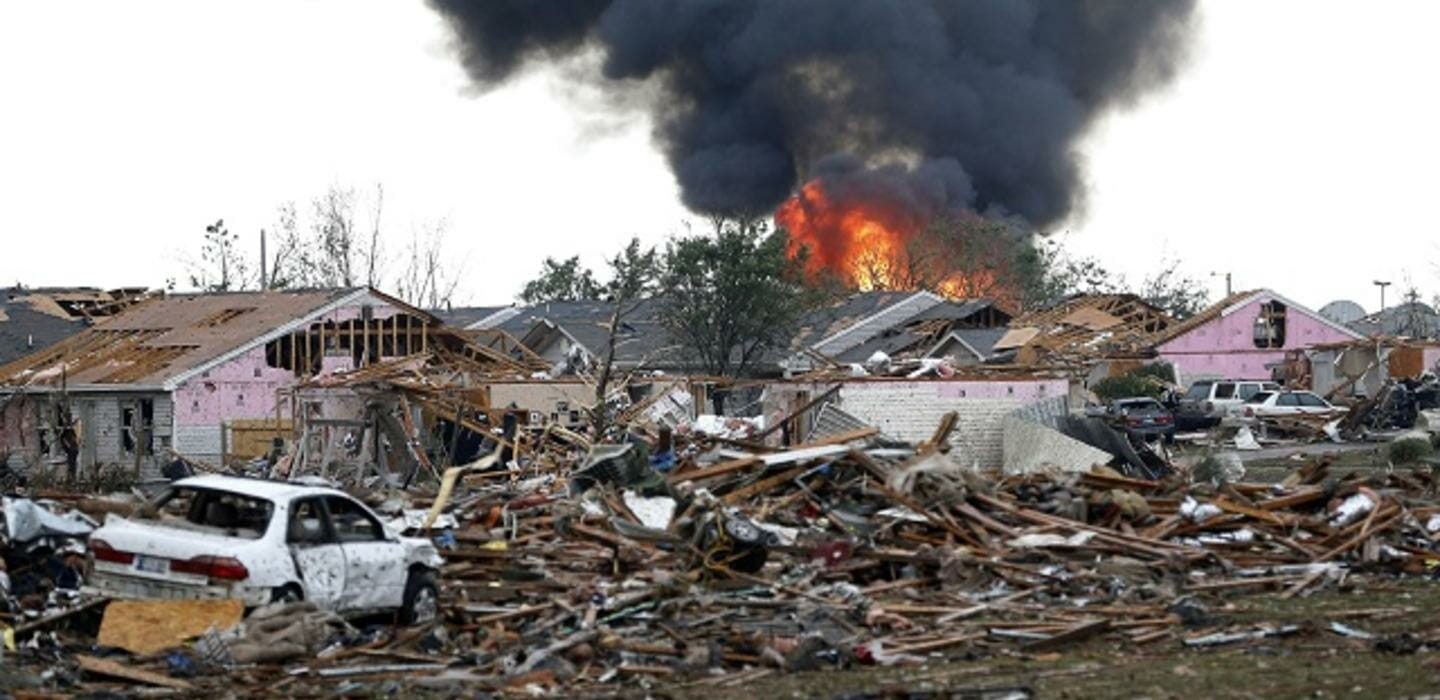When it comes to disaster resilience, there’s a clear difference between urban and rural areas.
Natural disasters ruin lives and shake economies, but the effects are quite different depending on where you live.
According to the United Nations, by 2050 86% of the world’s population residing in developed countries will live in urban areas, while the rate will be 64% in developing nations. While on the surface you’d think that natural disasters would cause far more human suffering in crowded urban centers, this isn’t always true. According to a study by LendingTree, natural disasters appear to have little effect on long-term home values in America’s biggest metropolitan areas. While property damage or destruction from a natural disaster is terrible for any homeowner, the effects have little effect on long-term economics.
One explanation for this is the sheer amount of resources that can be poured into first world cities in the event of a natural disaster. Developed countries and the companies and governments located there can make use of far more resources both for the preparation and damage control of a natural disaster. According to the LendingTree study, the average metropolitan area in the US featured in the study was hit by 11 natural disasters in the last decade. At a rate of about one disaster per year, the damage to American metropolitan areas is highly mitigated by that and highly efficient disaster responses. At the top of the study, Oklahoma city suffered 30 natural disasters between 2009 and 2019. During this decade, the median home value in the city increased from $123,400 to $166,290. Similar trends can be seen in other major US cities.
Rural areas in the US tend to be hit harder by natural disasters as a result of less access to emergency relief. As such, disaster resilience cannot be measured the same way in the countryside as it is in urban centers.













































